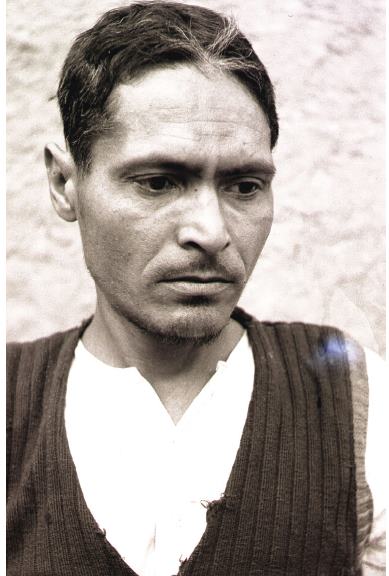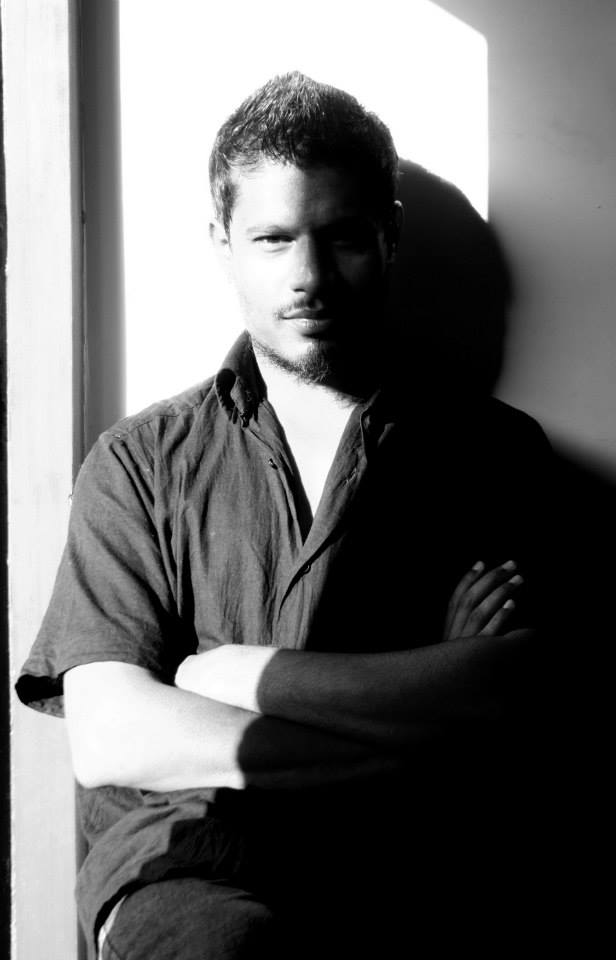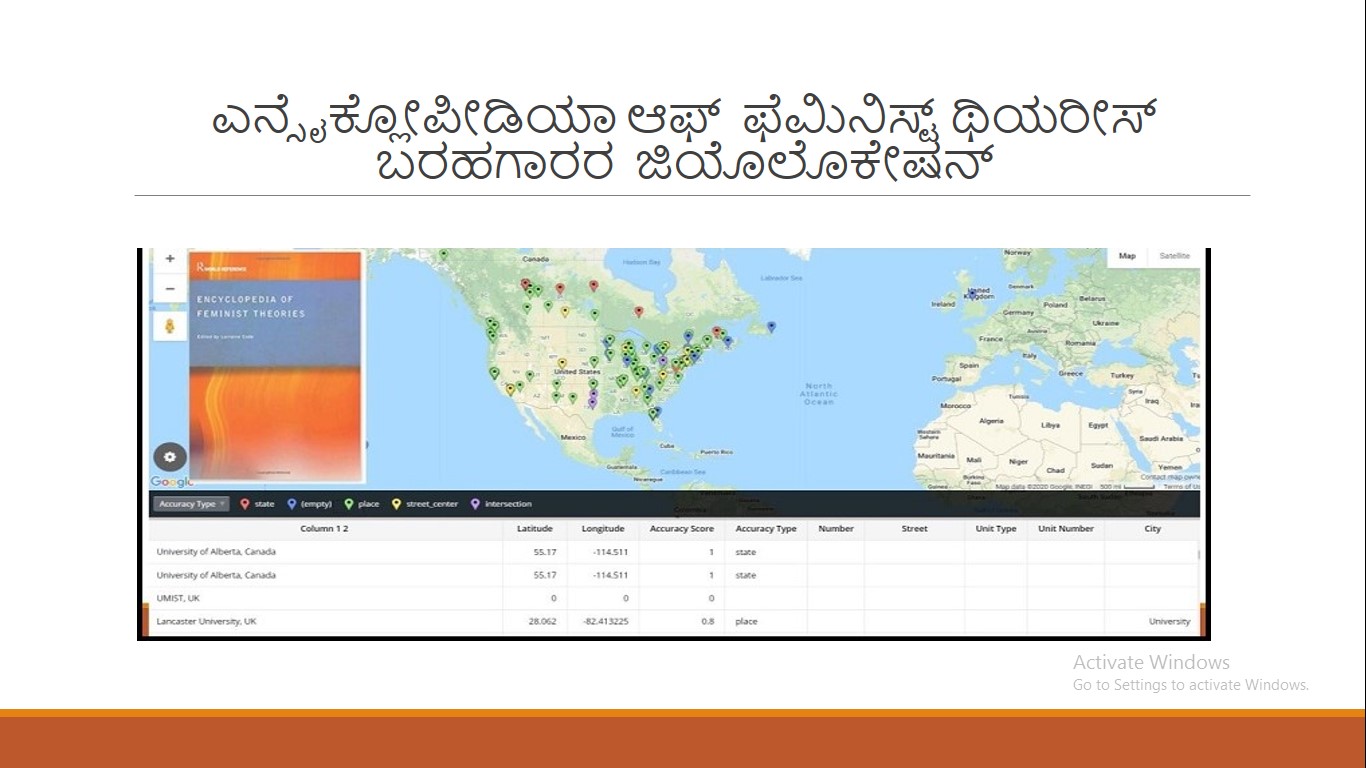Gurinder Azad
Lal Singh Dil, a Dalit and a poet of renown in Punjab, was called ‘Dil’ by his friends and admirers. He was a man of many parts: poet, writer, struggler, a wandering gypsy, but always a loner. In the course of his Dalit-life, he got entangled with the Naxalite movement but disentangled himself too. He penned three collections of poetry touching upon his experiences of social injustice, trauma and struggle. His autobiography ‘Dastaan’ is an extremely important document in many aspects, particularly in depicting the realities of Dalits in Punjab. He passed away in 2007.

It was probably in the summer of 2002 that I got a chance to read Dastaan, Lal Singh Dil’s autobiography. I knew of Lal Singh Dil as a Dalit poet and a revolutionary of the Naxal wave. I knew very little about him apart from those bare details. A few friends who were in touch with Dil told me that he takes hardly any interest in meeting or talking with anyone. When I probed more, one of my friends said: Read Dastaan if you want to know more about Dil!
Thus I started on Dil’s Dastaan, the journey of his awakened eyes, of his gypsy feet on the uneven terrain of high-low castes, the saga of caste discrimination in the most ‘progressive’ Indian state, Punjab. The journey of a human life pushed to the margins, and of the struggle to claim rights from there.
One of the first lines in the first page of his Dastaan reveals the loneliness and the tortuousness of his journey. Dil writes: Social injustice, mental agony and physical torture have all become part of my poetry. In spite of all this Amarjit Chandan, wants me to write my story.
Your first step testing the water lapping on the shore gives you enough indication of what turmoil lies in the ocean that his life was! How it would be!!
Dastaan is a story of coming face to face with the harsh facts of Indian society, particularly Punjabi society. While reading Dastaan, many times, I would close the book and think about him; would start reading again and then stop yet again. Many times my throat got dry, many times my eyes got moist. After two sleepless nights spent with his Dastaan, it felt as if Dil was inside me, very close, so completely dissolved in my thoughts that he had grown larger than life. He was a fighter. He became my icon.
After completing Dastaan, I would randomly turn its pages and read it again, and again. After all this, obviously, I was unable to stop myself from wanting to meet Dil. Two, three days later, I went to meet Dil.
Samrala, where Dil used to run a tea shop on the highway, was hardly a one and half hour journey from Rajpura, where I lived. Sitting in the bus, I was thinking about Dil – his background, his thought, social injustices, his poetry, intensity in the poems, his humility, his initiation into the naxalite movement, police torture; and the undercurrent running through all this: the ugliness of Indian society. I was on Dil’s journey.
Lal Singh Dil was born on 11 April, 1943 in a village named Ghunghrali Sikkhan in a Chamar (a Dalit caste) family.
Everyday discrimination perturbed Dil so he first raised his clenched fist under the red banner. When he became a naxalite, he also became a part of the hit lists of the administration and the police. He was caught. The police would use the truncheon against Dil twice as much as they would against upper caste naxalites. The reason was simple: Dil was a Chamar asking for land rights!
The police would hit him and say – Den tum chamaron ko zameen?
Pash was his contemporary and a friend too, but Dil’s poetry is different from his in many ways. Dil from his Dalit location asks the alleged (‘Sanskriti’) culture of this nation –
तुम क्या हो ?
क्यूँ चेहरा छुपाया है ?
पर्दों में चलती है क्यूँ ?
क्यूँ नाखून भी छिपाए हैं ?
आखिर तुम हो कौन ?
उस इंसान को कहीं देखो
जो रात दिन भारा रथ खींचता है
उसके कानों में राम के समय का ढला सिक्का है
उसके जिस्म पर उन बैंतों की लाशें हैं
जिसे काम में लाते रहे रजवाड़े, कहीं के भी
वह ज़रूर पहचानता होगा
वह रातों में कभी कभी
अम्बर जितनी आह भरता है
तारे मुरझा से जाते हैं
वह कहता है
“धरती मेरी पहली मोहब्बत है!”
वह ज़िक्र करता है
“ये तारे आसमान में मैंने जड़े हैं!”
वह ईसा के वतनों में घूमा है
वह गौतम के मुल्कों में फिरा है
उस के कानों में राम के समय का सिक्का ढला है।
(What are you?
Why do you hide your face?
Why do you move in purdah?
Why do you hide your nails too?
Who are you?
Look at that man
Who pulls the heavy chariot night and day
There is molten lead from Ram’s age in his ears
On his back you will find lashes of those whips
Used by empires
He would definitely recognize;
Sometimes in the night
When he would heave a sigh as deep as the sky
The stars would wither;
He says:
‘The earth is my first love’
He would tell you:
‘I planted those stars in the sky’
He had traveled in the lands of Jesus
He had moved around in the nations of the Buddha
There is molten lead from Ram’s age in his ears)
On the brahmanical order, Dil says –
ये बात बताई जाए
गर दूजे सितारे के लोगों को
पत्थर हो जाएँ, न दुबारा उठें
(गर) पशुओं को इसका अनुभव हो जाये
जंगलों को भाग खड़े हों
मानवता से डरते चीखते
(If this were revealed
To people living on other planets
They would turn into stone, never move again,
If the animals were to experience it
They would rush into the jungles
Screaming, frightened of mankind)
Lal Singh Dil’s poetry does not construct any utopia which is not real but speaks of experiences and ideals. That is why it seems more rooted in reality, rather than dwell on the plight of Dalit life, it inclines towards the intellectual exploration of it.
बांसों से पुराना कुछ भी नहीं था
गर था, तो वह कुछ नहीं था
गंगा से पुराना कुछ नहीं था
न शिव के कल्पकार
न शिव का नाम
मानव के पीठ मध्य नहर
कहते हैं जिसे
भरत के तीर का निशान है
कहते हैं बिजली ग्वाले के बेटी है
पर जैसे
बिजली
बांस
पीठों की नहरें
गंगा के पानी
पहले भी थे
आर्य से पहले, यहाँ इंसान थे !
(There was nothing before the bamboo
If there was something, it was nothing
There was nothing older than the Ganga
Neither the creator Siva
Nor his name;
They say
The canal on man’s back
Is the mark left by Bharat’s arrow
They say lightning is the cowherd’s daughter
But just as
Lightning
Bamboo
Canals on backs
The Ganga’s water
Were always there,
Before the Aryans, so were men!)
Dil became famous for his deep-rooted poetry right from his college days. He had to face the jealousy of upper caste students which resulted in his being pushed to the margins. For survival, he had to work as a farm labourer. As a naxal, he condemned the government for denying human rights to the poor. When police started killing even innocent youth in the name of naxalism, Dil went underground and spent a little time in Uttar Pradesh. There he got a chance to understand Islam and became a muslim. The persistent restlessness in him made him an ever wandering nomad.
But the biggest realization that emerged from his tryst with naxalism was that it cannot resolve the caste question, although many of his friends disagreed with him. Dil’s close friend Amarjit Chandan once said about Dil and those of his naxal fellow travelers who disagreed with him, “To understand Lal Singh Dil’s existence it is most important to talk about the biggest social curse of Punjab i.e. the caste system, and its role in Lal Singh Dil’s life. This curse of caste system had never been a worry of progressive politics and literature. Class struggle of European society does not acknowledge this curse. The progressive political movement under the influence of Khatris and Jats in the name of class struggle hid this ugly reality of society. Even writers had imposed this compulsion on themselves. It seemed to them that by becoming followers (leaders) of this new scientific approach the chasm between the higher and lower castes ceases to exist. But in Punjab, no religion or thought could end this curse. After 1947, many Punjabi writers emerged from among the lower castes. But they were under the influence of the ‘progressive wave’ and failed to bring the feel of being considered as ‘neech’ (lower) and avoided the legacy of Kabir, Ravidas and Ramdev; whereas poetry is a way of saying what is in the heart! In this self imposed repression all poets wrote poems full of noise with an imaginary society in mind. But how long could external noise restrict that parrot sitting inside? Thus, many poets got trapped in depression.”
In today’s perspective, Punjab’s young poet Jaipal told me some very relevant truths about Dil’s poems. He said, “after reading poetry of those who wrote under the influence of the naxal wave, when you read the poetry of Dil, you come across a sensitivity to Dalit issues (for the first time); and realize where Dalit issues got skipped.”

Another important observation by Gurmeet Kalarmajri who is a Punjabi poet, writer and critique, on Dil’s poetry is of so much relevance. He says: “Now, poems are being written which lend depth to the issues of Dalits, showing more sensitivity to the concerns of the marginalized and understanding of their factual conditions. Though it was recognized during the first line poets of Gadri Lehar (Gadri wave of Punjab) but the strength to recognize its rightful meaning became possible only with the poems of Lal Singh Dil.”
No step that Dil ever took could avoid the slush of the caste system. From school life to society to state – caste behavior was the same everywhere.
During Dil’s college life his friend, a girl from a higher caste, invited him to her home for tea. The girl’s mother offered him tea but reminded him of his Chamar caste. He felt deep humiliation. Maybe that’s why he wrote:
मुझे प्यार करती ऐ परजात लड़की
अपने सगे मुर्दा भी एक साथ नहीं जलाते
(O high caste girl in love with me
Even after death, our kin aren’t burnt together!)
Around 3 o’clock in the afternoon, I was at Dil’s tea shop. Wearing dirt brown colored kurta-pyjamas and a black and white checkered safa wrapped around his head he was preparing tea for his customers. There was another boy who was cleaning tea glasses. The person who I admired so much, that personality who had occupied my mind so much for the last three-four days, was there in front of me. Those moments were very emotional for me.
He imagined me to be a customer and asked if I needed tea. Words got stuck in my throat. I could hardly speak – I have come to see you. Dil said – Ok! No change in the expression! Maybe people like me came to meet him quite often.
He became busy again in preparing tea. I sat on a bench lying outside and would see him every now and then. Dil looked like someone from another planet. Strange thoughts started entering my mind. He gave me a cup of tea. My mind was not at rest. A thought struck me – should I pay for the tea! Second thought – will it look good? I had very little money in my pocket. It did not even add up to a decent sum that could be gifted. Should I humbly give all this money? I was nervous!
Dil returned a little later. To say this to him that – I am your fan, I am also a Dalit – that seemed very inadequate. Still I uttered – Is it possible to talk… at your home?
An admirer who was inside his home had been waiting to chat with him for long hours. He went back to the fellow admirer and said – I am coming!
It was too small a room to be called his home; it looked as if it hadn’t been whitewashed in a decade. I could not say even a word. Some clothes were lying on a cot whose netting was very loose. I sat on it. I got very emotional. Maybe he sleeps on the same cot! I suddenly got up and said – Yes! We will talk!! And I started pulling the rope of the cot to tighten its net. I could not handle my emotions. Tears started running. He asked – What happened? I wrapped my arms around him and then started weeping bitterly.
A little later I got a hold on my emotions and apologized. I told him about myself and started talking. He was calm but would dismiss every reference to him lightly, by saying – Leave it! Everything is past! It’s fine!! Maybe he did not want to remember his painful past and betrayals yet again. Maybe many people like me would come to meet Dil. I did not want to cause him any discomfort. I felt like a pigmy before Dil’s persona. He was my idol – a role model for my whole community!
A thought came to my mind that by talking about his past I was opening his old wounds! After a while I asked him to let me take leave of him and said – To see you is enough for me. This much is enough.
In a fit of emotion I could not take my leave properly.
After coming back home, I kept remembering Dil. I discussed Dil with friends. Recited his poems. Read excerpts of Dastaan.
Afterwards I could not meet him again.
With his poverty on one end and his drinking on another, his life was in desolation. In such a scenario, he was given the Punjabi Academy Award for his anthology of poems, Ik Nadi Sanvali Jahi (‘A Stream Somewhat Dark’). It would be more truthful to say that the State gave the award to Dil only because his friends criticized it for ignoring him.
In 2005, I came to Delhi. During this time one of my friends, a documentary film maker, talked to me about making a documentary on Dil. But even that could not materialize due to lack of money. One day I heard the news about his deteriorating health. Dil’s friend Sukhdev Singh knocked on the doors of all literary friends – Dil is dying in his small room! He was admitted to Dayanand Medical College and Hospital at Ludhiana. Dil’s frayed health became headlines of all Punjabi newspapers.
On 15th August, 2007, at an early morning hour, I received a call. The moment I picked the call – the hastily delivered words of my friend from the other end– Did you hear? I asked – What? This time his voice was quite low – Dil is no more!

~~~
Gurinder Azad is a poet, writer, translator and human rights activist.










